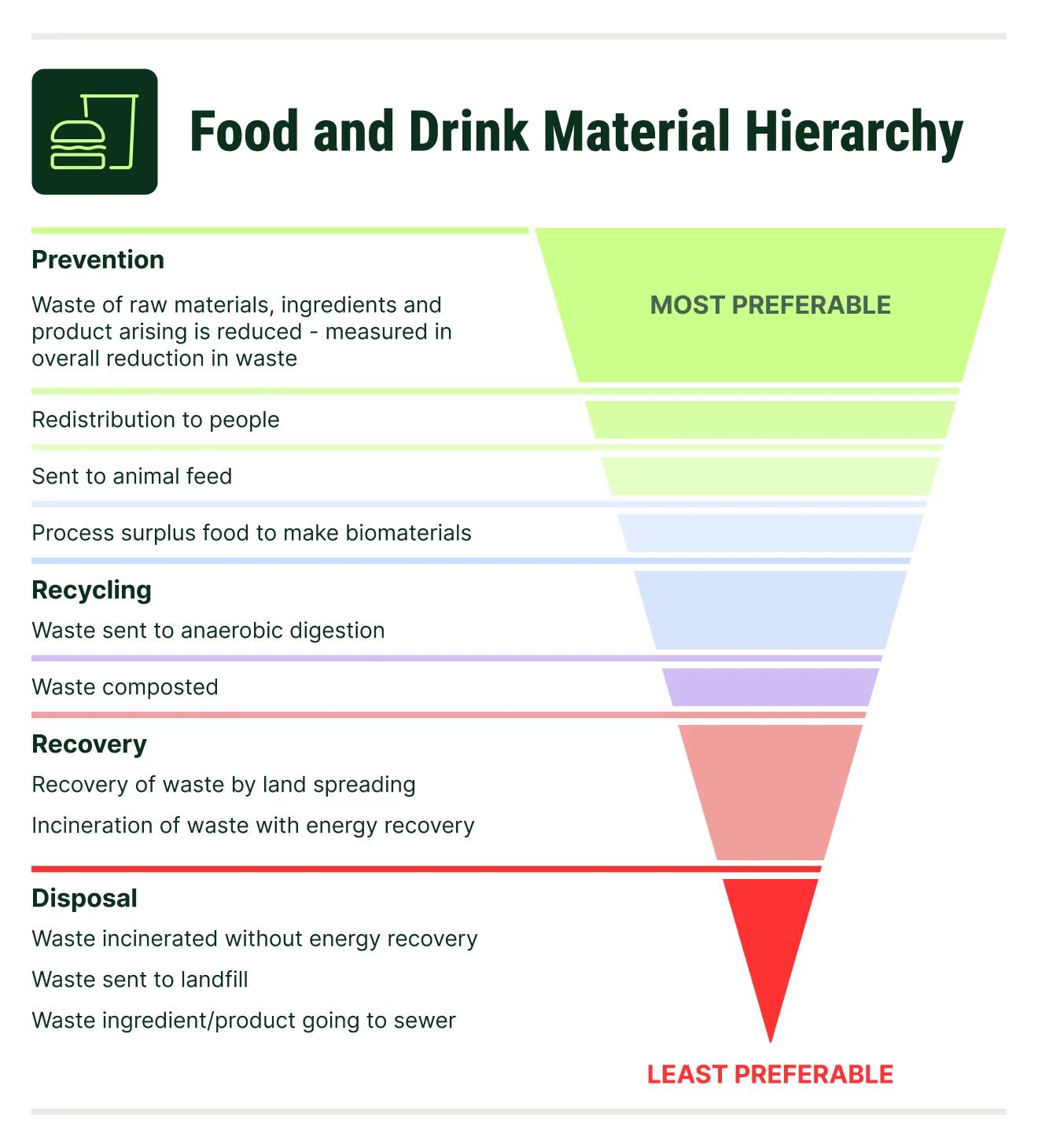Why your Food or Drink Manufacturing business needs to recycle
The benefits of reducing food waste in the food and drink manufacturing sector
According to WRAP, the UK generated around 10.7 million tonnes of food waste in 2021. This estimate covers waste produced by households, as well as by the hospitality & food service (HaFS), food manufacture, retail and farm sectors. By weight, food waste from the manufacturing sector makes up makes up 13% of the total. This means that each year, around 706,000 tonnes of food is wasted, and this costs UK food and drink manufacturers like you around £0.85 billion per annum (based on 2021 prices).
It’s inevitable that manufacturing processes at your site produce some liquid or food waste, whether that’s because of the processes themselves, products rejected as part of quality-control, packaging errors, damaged products or residue from the cleaning of equipment.
The Food Waste Reduction Roadmap is the leading free access initiative for UK food or drinks businesses, developed by the industry in collaboration with WRAP and the IGD. You’ll find guidance on specific sectors including growers, packers, processors and service providers.
There are a number of things you can do to proactively reduce the amount of food waste you produce, including:
Enhancing stock control procedures by measuring, tracking and managing raw ingredient shelf life, which will also reduce the environmental impact of your operations.
Adopting ‘just in time’ or on-demand production models to mitigate food and drink waste and surplus.
Introducing quality controls at each stage of production to ensure consistent high-quality products, reducing food and drink waste and surplus.
Reducing damage to products from process or production line issues by investing in new equipment.
Educating and training employees on ways to reduce food and drink waste and surplus.
Sending surplus stock to redistribution charities, providing staff shops [RR1] or fridges so surplus stock can be purchased at discounted prices or free of charge.
Read our case studies to learn how food or drink businesses like yours have implemented changes to reduce their food and drink waste. Our quick-start Action List will also help your business reduce food waste.
You can also read Statutory Guidance for businesses or organisations that produce, handle, treat or dispose of surplus or waste food and drink.
Food and drink material hierarchy
Similar to the waste hierarchy, WRAP’s food and drink material hierarchy encourages waste prevention at source, with disposal as a last resort.

If you can’t prevent food and drink waste, the ideal next option would be redistributing edible food to people first, and then for use as animal feed. If neither option is possible, aim to recycle or compost food waste.
By following this hierarchy, you’ll be able to:
Minimise the environmental impact of your business’s food and drink waste
Maximise the value of food and drink surplus, such as by reselling or donating to charity
Reduce associated waste, such as packaging from food goods and products
Food redistribution
It’s safe to redistribute edible food, unless it’s past its use-by date. You’ll find all the information you need to help increase the amount of surplus food your organisation redistributes at WRAP’s Surplus Food Redistribution Resource Hub.